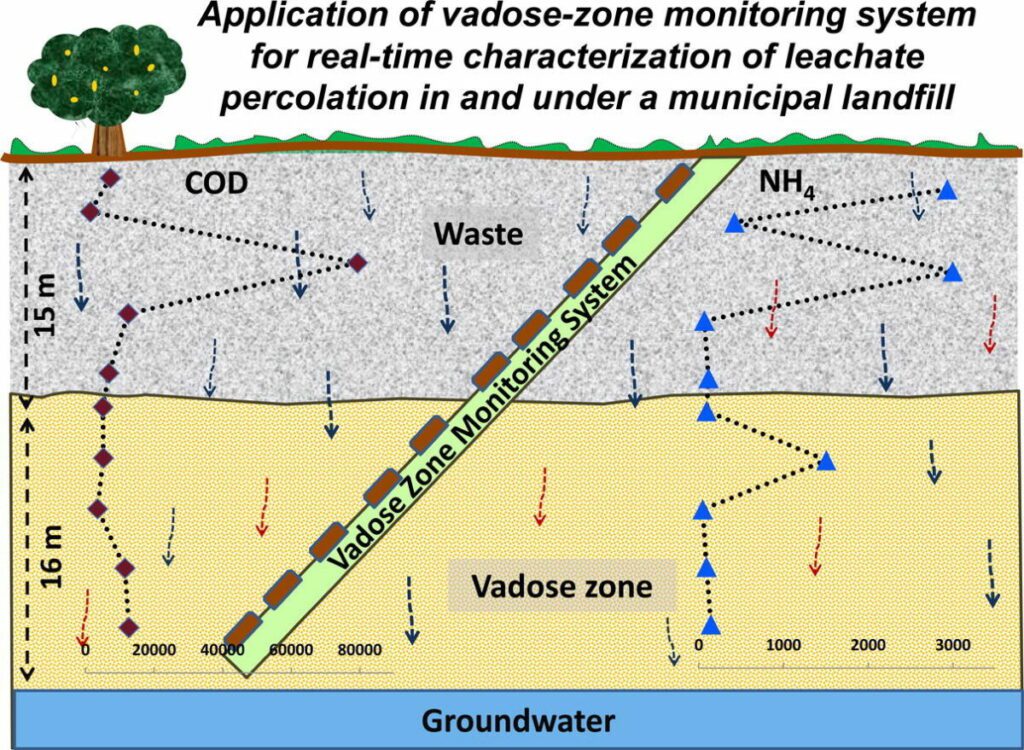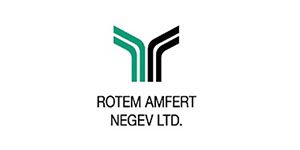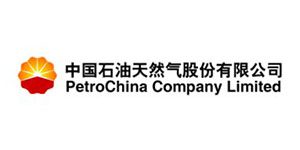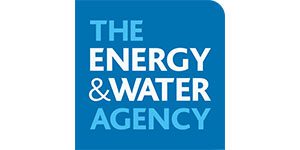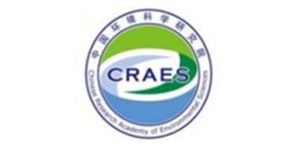Highlights
- Leachate generation in a municipal landfill was continuously measured in situ.
- A vadose-zone monitoring system tracked leachate properties in real time.
- High fluxes of polluted leachates were recorded following rain events.
- Flow pattern in waste body was subjected to unsteady preferential flow mechanism.
- The vadose zone underlying the waste plays a major role in pollutant attenuation.
Abstract
Leachates from solid-waste landfills are considered a severe threat to groundwater quality. The fate of pollutants in the waste and underlying unsaturated zone is crucial for evaluating environmental risks and selecting a restoration strategy.
In this study, a vadose-zone monitoring system (VMS) installed in a municipal landfill was used, for the first time, to continuously track leachates percolation dynamics and assess their chemical transformation across the entire thickness of the waste body (15 m) and underlying unsaturated zone (16 m) to the water table. Winter rains were found to quickly infiltrate through the waste and underlying vadose zone despite a clay cover that was implemented as part of a restoration and leachate-prevention strategy. Within the waste body, the flow pattern was controlled by preferential flow paths, which changed frequently. It is hypothesized that ongoing decomposition of the waste creates dynamic variations in the waste’s physical structure and flow pattern. Water samples collected from the waste layer indicated the formation of highly polluted leachates. The chemical composition in the waste body showed extreme variability between sampling points with respect to DOC (407–31,464 mg/L), BOD/COD ratios (0.07–0.55), Fe2+ (6.8–1154 mg/L), ammonium (68–2924 mg/L) and heavy metal concentrations. Environmental hot spots creating concentrated, aggressive, “acid-phase” leachates still exist in the waste more than 13 years after closing the landfill. However, continuous changes in the flow pattern and moisture distribution affected the creation and decay of such environments. In the underlying sandy vadose zone, some sections repeatedly exhibited stronger and faster flow characteristics than others. These local fluxes of concentrated leachates rapidly transported heavy contaminant loads toward the groundwater. However results showed evidence of continual attenuation processes in the deep vadose zone, with the anaerobic digestion of organic matter, as well as the significant retention of heavy metals.
Graphical Abstract
